Home>Storage Ideas>Kitchen Storage>Which Kitchen Sink Is Easiest To Maintain? With Expert Advice
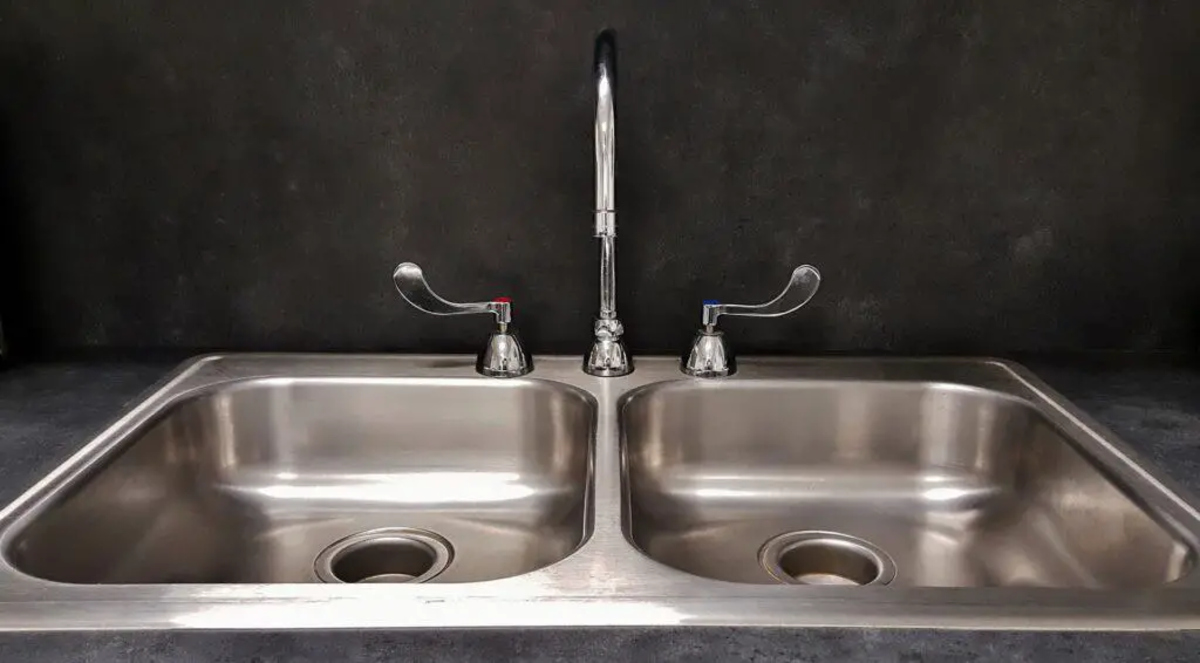

Kitchen Storage
Which Kitchen Sink Is Easiest To Maintain? With Expert Advice
Modified: March 1, 2024
Discover expert advice on which kitchen sink is easiest to maintain for your kitchen storage ideas. Find the perfect solution for your kitchen with our comprehensive guide.
(Many of the links in this article redirect to a specific reviewed product. Your purchase of these products through affiliate links helps to generate commission for Storables.com, at no extra cost. Learn more)
Introduction
Welcome to our expert guide on kitchen sinks that are easiest to maintain. When it comes to choosing the right kitchen sink, functionality and durability are essential considerations. However, maintenance is often overlooked but equally important. Nobody wants to spend hours scrubbing and cleaning their sink, especially in a busy kitchen. That’s why it’s crucial to choose a sink material that is not only stylish and functional but also easy to maintain.
In this article, we will delve into various kitchen sink materials and highlight the ones that are the easiest to maintain. From stainless steel to composite sinks, cast iron to quartz, we will explore the pros and cons of each material and provide expert advice on how to keep your sink looking pristine with minimal effort.
Keeping your kitchen sink clean and tidy is not only important for hygiene but also for the overall aesthetics of your kitchen. A well-maintained sink adds a touch of elegance and can elevate the look of your entire kitchen space. So whether you are a busy professional with limited time for cleaning or a home cook looking for low-maintenance options, this guide will help you make an informed decision.
It’s worth noting that while some sink materials are naturally more resistant to stains and scratches than others, proper maintenance is still essential. Regular cleaning and following the manufacturer’s recommendations can significantly extend the lifespan and beauty of your kitchen sink.
Now, let’s explore the different types of kitchen sinks and identify the ones that are the easiest to maintain.
Key Takeaways:
- Stainless steel sinks are the easiest to maintain, requiring minimal effort and offering resistance to stains and scratches. Regular cleaning and wiping dry after use can keep them looking pristine for years.
- Proper maintenance is essential for all sink materials, from fireclay to quartz. Following expert advice, such as regular cleaning, avoiding harsh chemicals, and using protective accessories, can ensure a beautiful and long-lasting kitchen sink.
Read more: Which Blinds Are Easiest To Clean
Stainless Steel Sinks
Stainless steel sinks are a popular choice for kitchens due to their durability, versatility, and sleek appearance. One of the main advantages of stainless steel sinks is their ease of maintenance. They are highly resistant to stains, rust, and corrosion, making them ideal for busy households.
To keep your stainless steel sink looking brand new, it is recommended to clean it regularly with mild dish soap and warm water. Avoid using abrasive cleaners or scrub brushes that can scratch the surface. For tougher stains or water spots, you can use a mixture of baking soda and water to gently scrub the sink.
One tip to prevent water spots and maintain the shine of your stainless steel sink is to wipe it dry after each use. This will help prevent mineral buildup and keep the surface looking spotless. Additionally, avoid leaving standing water or acidic substances such as vinegar or lemon juice on the sink for prolonged periods, as they can cause discoloration.
For extra protection, you can consider applying a stainless steel sink protector or mat to prevent scratching from pots, pans, and utensils. These accessories not only protect the sink but also make it easier to clean, as food particles and debris can be easily removed from the mat.
In terms of maintenance, stainless steel sinks generally require minimal effort and are quite forgiving when it comes to accidental spills or stains. With proper care, your stainless steel sink will continue to shine and be a focal point in your kitchen for years to come.
Fireclay Sinks
Fireclay sinks are a popular choice for those seeking a traditional and elegant look in their kitchen. Made from a combination of clay and glaze, fireclay sinks offer a timeless appeal and excellent durability. When it comes to maintenance, fireclay sinks are relatively easy to care for.
To maintain the pristine appearance of your fireclay sink, it is important to clean it regularly with mild dish soap and warm water. Avoid using abrasive sponges or scrub brushes, as they can scratch the surface. Instead, opt for soft cloths or non-abrasive cleaning pads to gently remove any dirt or stains.
One key advantage of fireclay sinks is their resistance to staining. The non-porous surface helps prevent the absorption of liquids and keeps stains at bay. However, it is still recommended to wipe off any spills or food debris promptly to avoid potential staining or discoloration.
When it comes to stubborn stains, a mixture of baking soda and water can be used to create a paste and gently scrub the affected area. Avoid using harsh chemicals or cleaners that can damage the glaze or alter the color of the sink.
It is also important to note that fireclay sinks are susceptible to chipping or cracking if subjected to heavy impact. To prevent this, avoid dropping heavy objects or sharp utensils into the sink. Using sink mats or protective grids can provide an extra layer of defense against accidental damage.
Lastly, to maintain the beauty of the fireclay sink, it is recommended to avoid exposing it to extreme temperatures. Rapid changes in temperature can cause the sink to crack. Always use protective pads or trivets when placing hot pots or dishes on the sink surface.
With proper care and maintenance, a fireclay sink can be a stunning addition to your kitchen that will maintain its elegance for years to come.
Composite Sinks
Composite sinks are a popular choice for those looking for a combination of durability, style, and easy maintenance. These sinks are constructed using a blend of materials, typically a mixture of quartz or granite particles with resin. This composite material makes them resistant to stains, scratches, and heat.
Maintaining a composite sink is relatively simple and straightforward. Regular cleaning with mild dish soap and warm water is usually sufficient to keep the sink looking clean and fresh. Avoid using abrasive cleaners or scrub brushes that can cause scratches.
One of the advantages of composite sinks is their resistance to stains and discoloration. The non-porous surface prevents liquids from seeping into the material and causing permanent stains. However, it is still advisable to wipe off any spills or food debris as soon as possible to prevent potential staining.
For tougher stains or stuck-on food particles, you can use a non-abrasive sponge or a soft-bristle brush to gently scrub the surface. Avoid harsh chemicals or cleaners that can damage the composite material.
While composite sinks are highly resistant to heat, it is still essential to use caution. Avoid placing hot pots or pans directly from the stovetop onto the sink surface, as extreme temperatures can potentially cause damage. Always use trivets or heat-resistant pads to protect the sink from heat exposure.
To maintain the shine and luster of the composite sink, it is recommended to dry the sink after each use. This helps prevent water spots and mineral buildup, keeping the sink looking pristine. Buffing the sink with a soft cloth can also enhance its sheen.
Overall, composite sinks are a durable and low-maintenance option for your kitchen. With proper care and regular cleaning, they will continue to add beauty and functionality to your space for years to come.
Cast Iron Sinks
Cast iron sinks have long been a popular choice for their classic and timeless appeal. These sinks are constructed from a sturdy cast iron material coated with a layer of enamel. While they require a bit more maintenance compared to other sink materials, with proper care, cast iron sinks can last for decades.
To maintain a cast iron sink, it is important to clean it regularly with mild dish soap and warm water. Avoid using abrasive cleaners or scouring pads that can scratch or damage the enamel coating. Instead, opt for non-abrasive sponges or soft cloths to gently clean the surface.
One of the main concerns with cast iron sinks is the potential for staining. The enamel coating is susceptible to discoloration from certain substances like coffee, tea, or acidic foods. To prevent staining, it is essential to promptly clean up any spills and avoid leaving them on the sink surface for prolonged periods.
If your cast iron sink does develop stains or mineral deposits, you can use a mixture of baking soda and water to create a paste and gently scrub the affected area. Non-abrasive cleaners specifically designed for porcelain or enamel surfaces can also be used following the manufacturer’s instructions.
To maintain the glossy appearance of the enamel coating, it is recommended to avoid harsh chemicals, bleaches, or strong abrasives that can dull the surface. Additionally, avoid using metal or sharp utensils that can potentially chip or scratch the sink. Instead, opt for rubber or silicone utensils to minimize the risk of damage.
One important point to note is that the enamel coating on cast iron sinks can be prone to chipping or cracking if subjected to heavy impact or dropped objects. Take care when handling heavy items in your sink to prevent accidents that could result in damage.
By following these maintenance tips and practicing regular cleaning, your cast iron sink will maintain its beauty and functionality for years to come, adding a touch of elegance to your kitchen.
Read more: Expert Advice For Building An Addition
Quartz Sinks
Quartz sinks are becoming increasingly popular in modern kitchens due to their durability, aesthetic appeal, and low maintenance requirements. These sinks are made from a combination of quartz stone and resin, resulting in a non-porous and scratch-resistant surface.
When it comes to cleaning and maintenance, quartz sinks are incredibly easy to care for. Regular cleaning with mild dish soap and warm water is usually sufficient to keep the sink looking pristine. Avoid using abrasive cleaners or scrub brushes that can potentially damage the surface.
One of the advantages of quartz sinks is their resistance to stains. Quartz is a non-porous material, meaning it does not absorb liquids or food particles. This makes it highly resistant to staining and minimizes the effort required for cleaning. However, it is still advisable to wipe off any spills or stains promptly to prevent them from setting in.
For tougher stains or dried-on food debris, you can use a non-abrasive sponge or soft cloth to gently scrub the surface. Avoid using harsh chemicals or bleach-based cleaners, as they can dull the shine of the quartz. If needed, you can use a mixture of baking soda and water to create a natural cleaning paste.
Quartz sinks are also heat-resistant, allowing you to place hot pots and pans directly on the surface without fear of damage. However, it is still recommended to use trivets or heat-resistant pads to protect the sink from extreme temperatures and prolong its lifespan.
To maintain the luster and shine of your quartz sink, it is important to dry it thoroughly after each use. This helps prevent water spots and mineral buildup, keeping the sink looking spotless. Buffing the sink with a soft cloth can also enhance its natural shine.
Overall, quartz sinks offer a beautiful and low-maintenance option for any kitchen. With regular cleaning and proper care, these sinks will continue to be a stylish and functional addition to your space for years to come.
Look for a kitchen sink made of stainless steel or composite materials, as they are easy to clean and maintain. Avoid sinks with intricate designs or hard-to-reach corners that can trap dirt and grime. Regularly clean and dry your sink to prevent stains and water spots.
Copper Sinks
Copper sinks are known for their unique and eye-catching aesthetic appeal. The warm tones and natural patina of copper add a touch of elegance and character to any kitchen. While copper sinks require a bit more maintenance compared to other materials, they can be well worth the effort for those who appreciate their beauty.
To maintain a copper sink, it is important to clean it regularly with mild dish soap and warm water. Avoid using abrasive scrub brushes or harsh chemicals that can strip away the natural patina and cause damage to the surface. Instead, opt for gentle cleaning tools like soft cloths or non-abrasive sponges.
One of the challenges with copper sinks is their tendency to develop a patina over time. This is a natural process that occurs as the copper interacts with the air and water. While the patina adds character to the sink, it can also lead to the appearance of stains.
To prevent staining, it is crucial to dry the sink thoroughly after each use. Leaving standing water on the surface can create water spots that can be difficult to remove. Additionally, avoid allowing acidic substances like citrus juices or vinegar to sit on the sink for prolonged periods, as they can cause discoloration.
If your copper sink does develop stains or spots, you can use a mixture of lemon juice or vinegar with salt or baking soda to create a natural cleaning paste. Gently scrub the affected areas with a soft cloth or non-abrasive sponge, then rinse thoroughly and dry to restore the sink’s shine.
It’s worth noting that copper sinks will naturally darken and develop a patina over time, giving them a vintage and rustic charm. However, if you prefer to maintain a bright and shiny appearance, you can use copper polish or a specialized cleaner to restore its original luster.
When it comes to copper sinks, proper maintenance and care are key to preserving their beauty. With regular cleaning and attention, a copper sink can be an eye-catching centerpiece in your kitchen that adds warmth and sophistication to the space.
Porcelain Sinks
Porcelain sinks are a popular choice for their timeless elegance and versatility. These sinks are made from a combination of clay and glass, resulting in a smooth and durable surface. Porcelain sinks are relatively easy to maintain, making them a practical and stylish option for any kitchen.
Regular cleaning with mild dish soap and warm water is usually sufficient to keep a porcelain sink looking clean and fresh. Gently scrub the surface with a non-abrasive sponge or cloth, avoiding the use of harsh chemicals or abrasive cleaners that can damage the porcelain finish.
One advantage of porcelain sinks is their resistance to stains and discoloration. The non-porous nature of porcelain prevents liquids and food particles from seeping into the surface. However, it is still important to wipe off any spills or stains promptly to prevent them from setting in and becoming more difficult to remove.
For tougher stains or stubborn residue, you can create a paste using baking soda and water and gently scrub the sink surface. This natural cleaner is effective for removing stains without causing any damage to the porcelain. Rinse the sink thoroughly with clean water to remove any residue from the cleaning paste.
While porcelain sinks are relatively resistant to scratches, it is still advisable to avoid using abrasive scrub brushes or metal utensils that can potentially scratch the surface. Additionally, be cautious when handling heavy objects or dropping them into the sink, as this can lead to chipping or cracking.
To maintain the glossy appearance of your porcelain sink, it is recommended to dry it thoroughly after each use. This helps prevent water spots and mineral buildup, keeping the sink looking pristine. Buffing the sink with a soft cloth can further enhance its shine.
Overall, porcelain sinks are a durable and attractive option for any kitchen. With regular cleaning and proper care, they will continue to be a functional and stylish addition to your space for years to come.
Acrylic Sinks
Acrylic sinks are a popular choice for their affordability, durability, and versatility. These sinks are made from a plastic material called acrylic, which is known for its lightweight nature and resistance to impact. Maintaining an acrylic sink is relatively easy, making it a practical option for many households.
To keep your acrylic sink clean and free from stains, it is recommended to clean it regularly with mild dish soap and warm water. Use a non-abrasive cloth or sponge to gently scrub the surface, avoiding abrasive cleaners or scrub brushes that can cause scratches.
One of the advantages of acrylic sinks is their ability to resist stains. The non-porous surface of acrylic prevents liquids and stains from penetrating the material. However, it is still important to wipe off any spills or stains promptly to prevent them from setting in and becoming more difficult to remove.
For tougher stains or stubborn residue, you can use a mixture of baking soda and water to create a paste. Gently scrub the affected area with a soft cloth or sponge using the paste, then rinse thoroughly with clean water.
It is worth noting that acrylic sinks can be prone to scratching if subjected to rough use or abrasive materials. To prevent scratches, avoid using harsh cleaning tools and harsh chemicals. Additionally, be careful when handling sharp objects or heavy utensils in the sink to prevent accidental damage.
To maintain the glossy appearance of your acrylic sink, it is important to dry it thoroughly after each use. This helps prevent water spots and mineral buildup, keeping the sink looking clean and shiny. Buffing the sink with a soft cloth can enhance its sheen.
Overall, acrylic sinks offer a practical and low-maintenance option for kitchen spaces. With regular cleaning and proper care, they will continue to be a durable and attractive element in your kitchen for years to come.
Granite Sinks
Granite sinks are a luxurious and durable choice for kitchen spaces. Made from a combination of granite stone and resin, these sinks offer a blend of elegance and functionality. While granite sinks require some maintenance to keep them looking their best, their unique beauty and exceptional durability make them a worthwhile investment.
To maintain a granite sink, it is important to clean it regularly with mild dish soap and warm water. Use a non-abrasive sponge or cloth to gently scrub the surface, avoiding abrasive cleaners or scrub brushes that can potentially scratch the granite. Rinse the sink thoroughly with clean water and wipe it dry after cleaning to prevent water spots.
One of the advantages of granite sinks is their resistance to stains. The natural stone material is non-porous, which means it is less likely to absorb liquids and food particles. However, it is still advisable to wipe off any spills or stains promptly to prevent them from setting in and potentially causing discoloration.
In the case of stubborn stains or residue, you can use a mixture of baking soda and water to create a paste. Gently scrub the affected area with a soft cloth or non-abrasive sponge using the paste. Rinse thoroughly with clean water and dry the sink to restore its natural beauty.
While granite sinks are incredibly durable, it is still important to exercise caution to prevent potential damage. Avoid dropping heavy objects or sharp utensils into the sink, as they can cause chipping or scratching. Using sink mats or protective grids can provide an added layer of protection.
Granite sinks can also be sensitive to harsh chemicals or acidic cleaners that can dull or strip away the natural beauty of the stone. It is recommended to use cleaners specifically formulated for granite or natural stone surfaces to maintain their luster without causing any damage.
With proper care and maintenance, a granite sink can be a stunning centerpiece in your kitchen. It will continue to add elegance and functionality to your space for years to come.
Expert Advice on Sink Maintenance
When it comes to maintaining your kitchen sink, following some expert advice can help ensure its longevity and keep it looking its best. Here are some tips from the experts on sink maintenance:
1. Clean Regularly: Regular cleaning is key to keeping your sink in top condition. Clean it with mild dish soap and warm water to remove dirt, stains, and bacteria. Avoid using abrasive cleaners or scrub brushes that can scratch the surface.
2. Wipe and Dry: After each use, wipe down your sink with a soft cloth or sponge to remove any water spots or residue. Additionally, drying the sink with a towel can prevent mineral buildup and keep the surface looking pristine.
3. Avoid Harsh Chemicals: Harsh chemicals can damage the sink’s finish and cause discoloration. Opt for gentle, non-abrasive cleaners or natural cleaning solutions to maintain the integrity of the sink material.
4. Remove Stains Promptly: Promptly clean up any spills or stains to prevent them from setting in and becoming more difficult to remove. Use a gentle cleaning solution and scrub the area gently with a soft cloth or sponge.
5. Be Mindful of Heat and Sharp Objects: Protect your sink from extreme temperatures by using trivets or heat-resistant pads when placing hot pots or pans on the surface. Additionally, be cautious with sharp objects that can potentially scratch or chip the sink.
6. Use Sink Mats or Grids: Consider using sink mats or protective grids to prevent scratches and damage from heavy cookware or utensils. These accessories not only protect the sink but also make it easier to clean.
7. Follow Manufacturer Recommendations: Each sink material may have specific care instructions from the manufacturer. Be sure to read and follow these recommendations to maintain the sink’s warranty and ensure proper care.
Remember, proper maintenance is essential to keep your kitchen sink looking great and functioning well. By following these expert tips and incorporating them into your cleaning routine, you can enjoy a beautiful and long-lasting sink for years to come.
Conclusion
Choosing a kitchen sink that is easy to maintain is essential for maintaining the overall cleanliness and aesthetic appeal of your kitchen. Throughout this expert guide, we have explored various sink materials and provided insights into their maintenance requirements.
Stainless steel sinks have proven to be a popular choice due to their durability and resistance to stains. Fireclay sinks offer a traditional and elegant look, while composite sinks are known for their durability and low-maintenance properties. Cast iron sinks provide timeless appeal but require a bit more care to prevent chips and stains.
Quartz sinks offer a beautiful and low-maintenance option, while copper sinks add a touch of sophistication with proper care. Porcelain sinks provide a classic look but demand gentle cleaning to prevent scratches and stains. Acrylic sinks are an affordable and versatile choice for easy care and maintenance. Lastly, granite sinks offer a luxurious touch but require precautions to prevent damage from heavy objects.
Regardless of the sink material you choose, implementing proper maintenance practices is crucial. Regular cleaning, prompt stain removal, and using non-abrasive cleaning tools are essential steps to keep your sink looking its best. Additionally, being mindful of heat exposure, using protective accessories, and following manufacturer recommendations ensure long-lasting performance.
Investing time and effort into maintaining your kitchen sink will pay off in the long run. By following the expert advice provided in this guide, you can enjoy a beautiful, functional, and well-maintained kitchen sink for years to come.
Remember, each sink material has its unique characteristics and care requirements. It is important to familiarize yourself with the specific maintenance recommendations for your chosen sink material to ensure its longevity and optimal performance.
So, take the time to select a sink that suits your style and needs, and commit to regular maintenance. A well-maintained kitchen sink not only enhances the functionality of your kitchen but also adds value and beauty to your home.
Frequently Asked Questions about Which Kitchen Sink Is Easiest To Maintain? With Expert Advice
Was this page helpful?
At Storables.com, we guarantee accurate and reliable information. Our content, validated by Expert Board Contributors, is crafted following stringent Editorial Policies. We're committed to providing you with well-researched, expert-backed insights for all your informational needs.

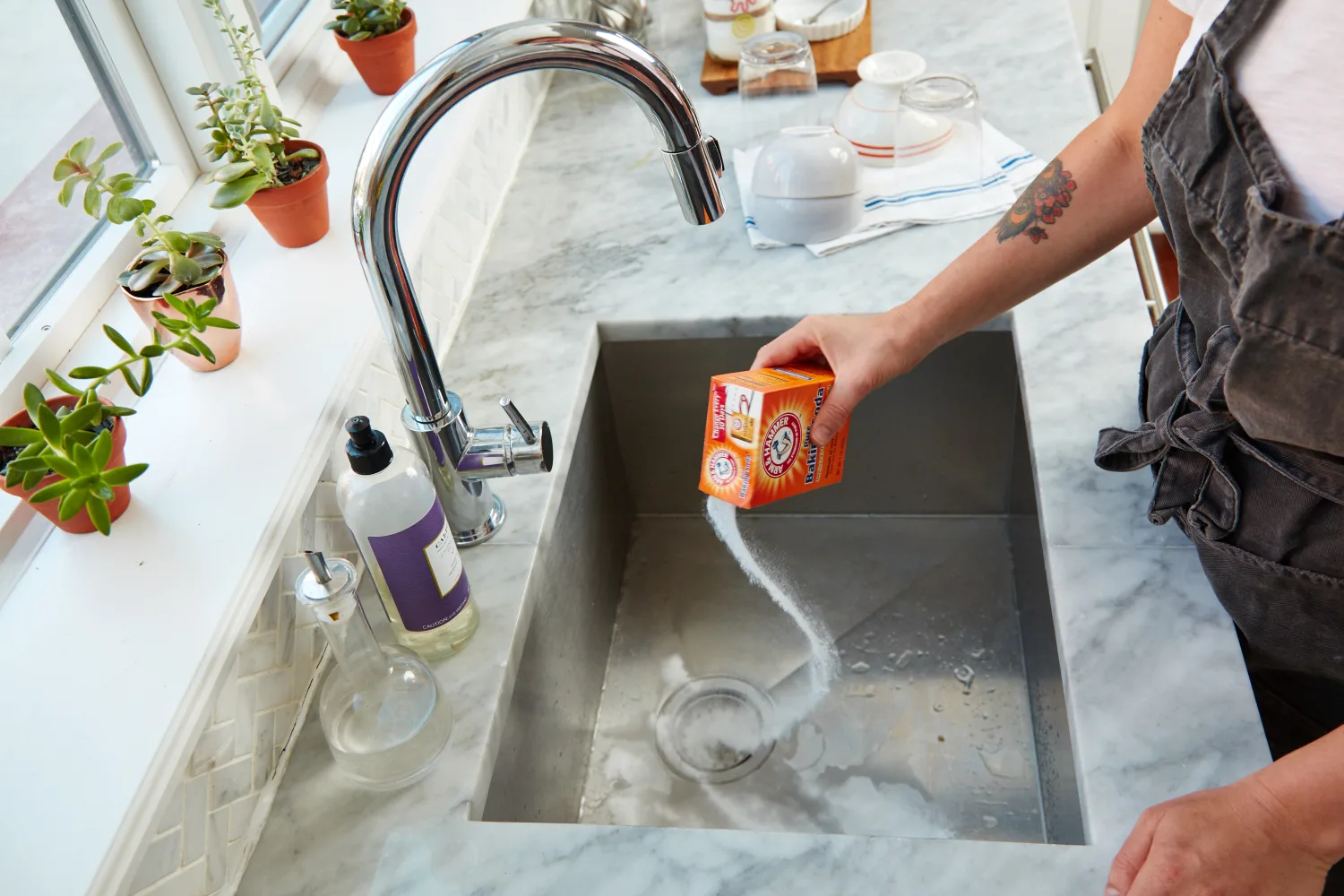



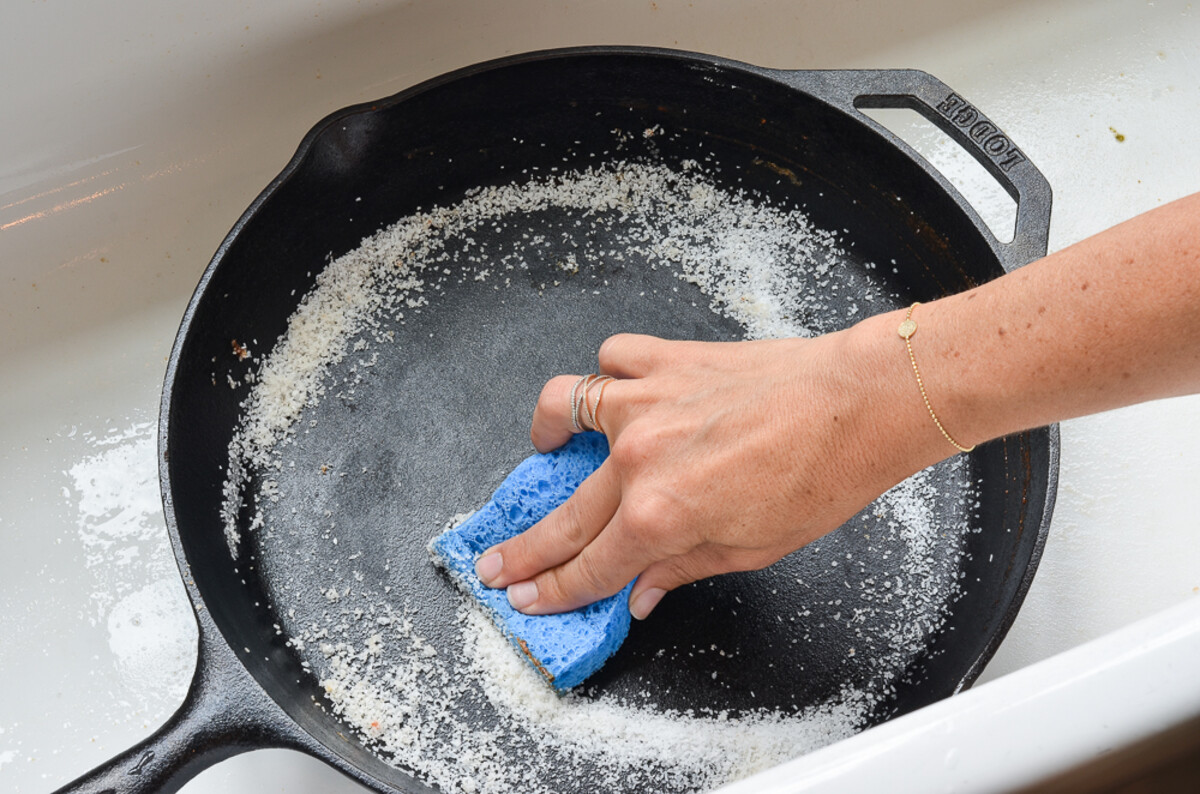
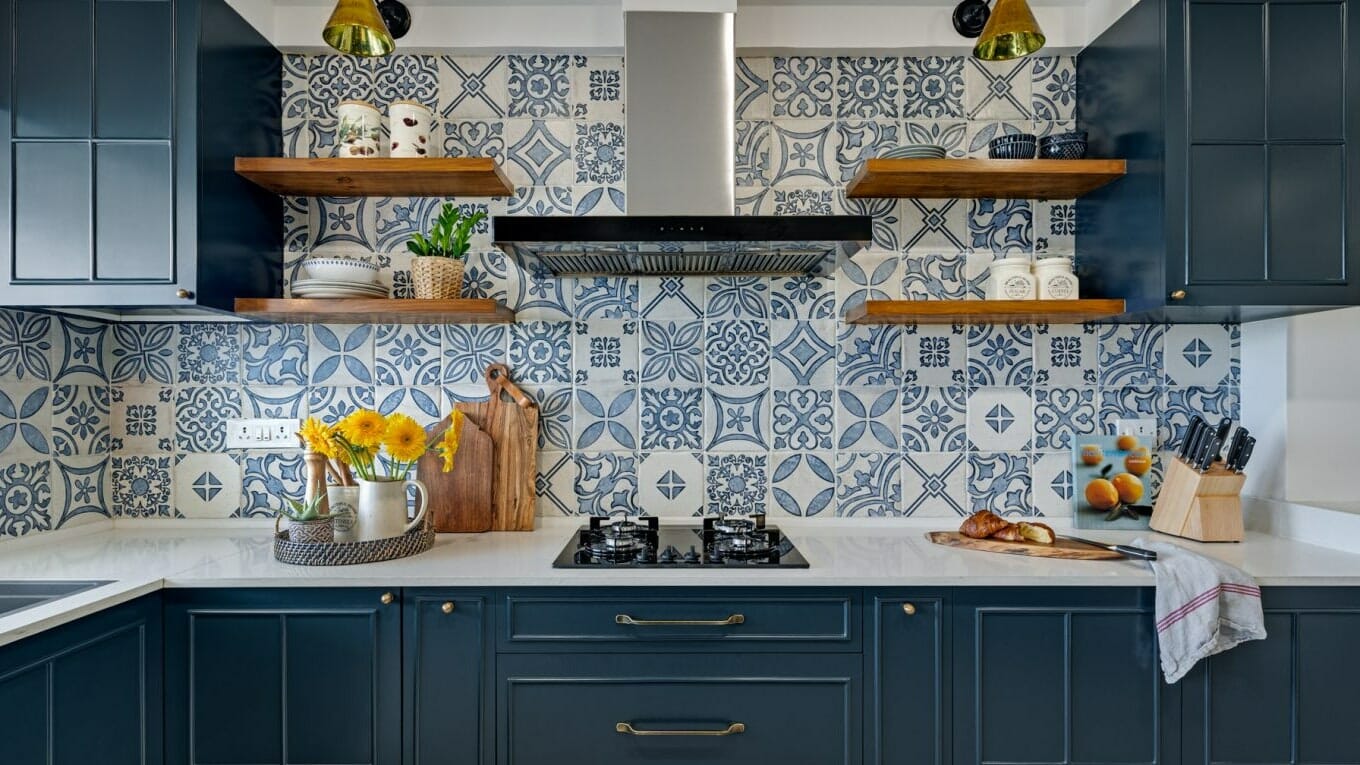

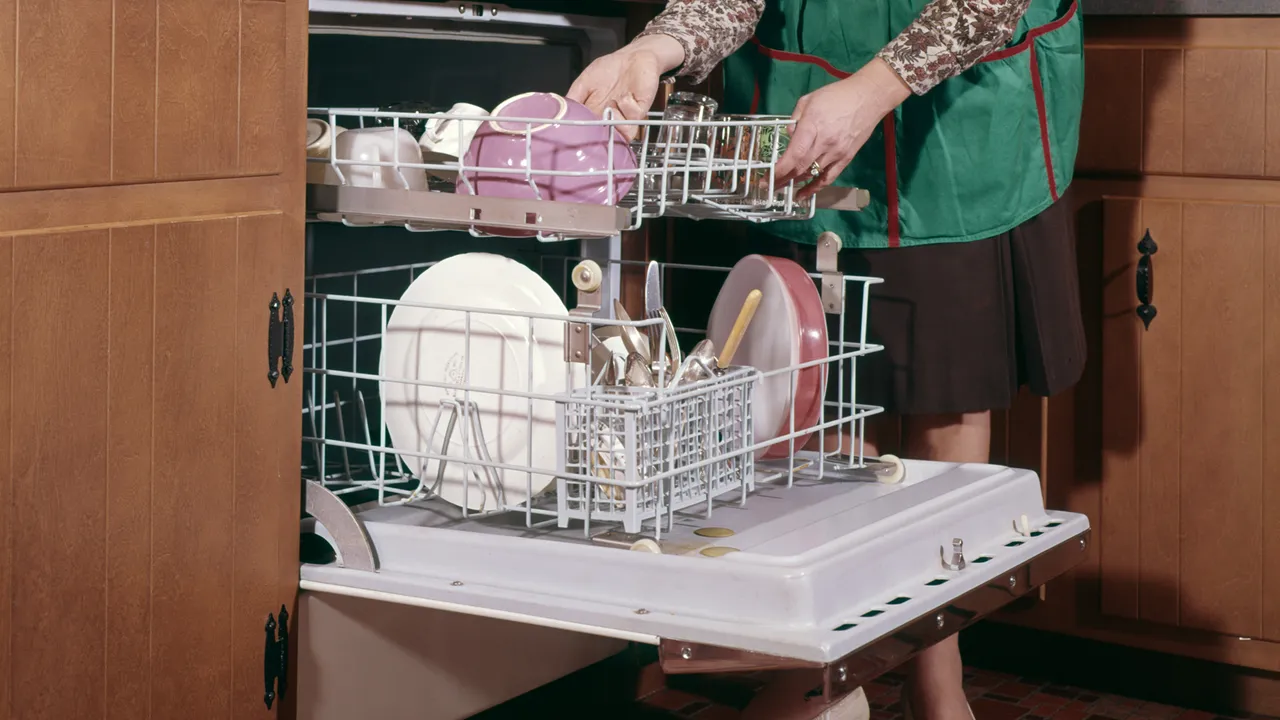





0 thoughts on “Which Kitchen Sink Is Easiest To Maintain? With Expert Advice”